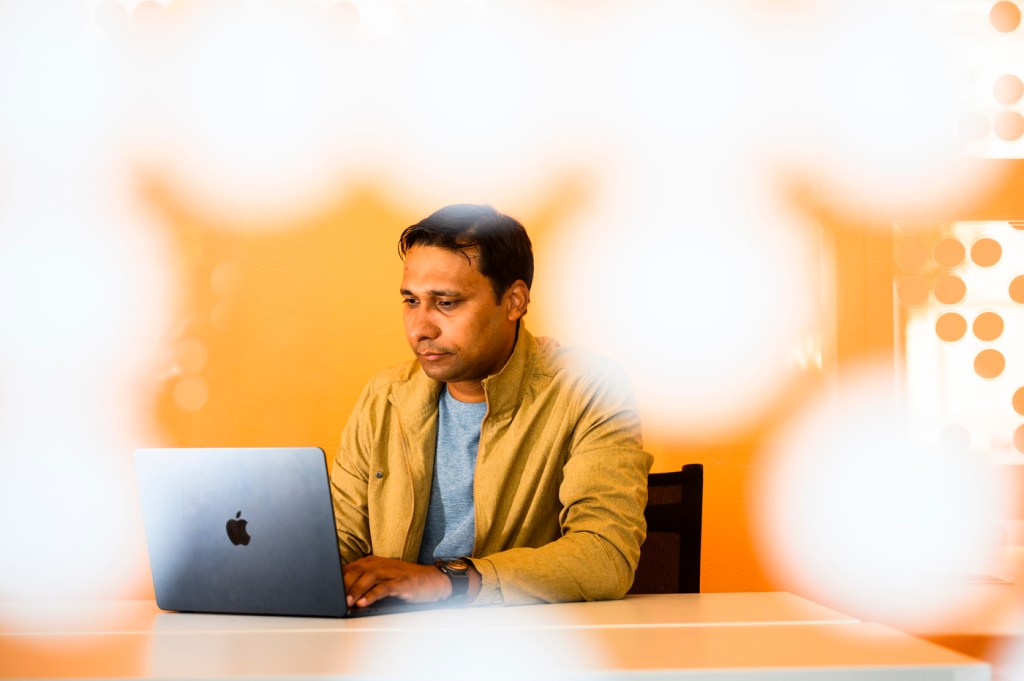These apps were made for walking

Only one quarter of senior citizens meet the national guidelines for regular physical activity, according to a report from the American College of Sports Medicine and the American Heart Association. This is despite clear evidence that exercise is associated with lower risk of cardiovascular disease, Type 2 diabetes, osteoporosis, stroke, breast cancer, colon cancer, and disability—all problems of increased concern for older adults.
In an effort to promote physical activity across ages, smartphone and tablet applications are rapidly emerging and stand to improve a variety of health outcomes. But older adults tend to lack the computer skills to utilize these technologies, according to associate professor Timothy Bickmore in the College of Computer and Information Science, adding that older adults from ethnic minority groups who could benefit the most also tend to have lower health literacy. Few, if any, of the currently available health-promotion apps are targeted specifically toward the needs and preferences of these communities.
Backed by a new National Institutes of Health grant, Bickmore and co-principal investigator Abby King of Stanford University’s School of Medicine are seeking to bridge this gap.
In previous research, Bickmore has developed systems that look, sound, and act more like humans than they do computers. These agents are actually characters with a personal history and the ability to simulate empathy. They have names, like Carmen or Karen; they can speak a variety of languages; and they contain massive databases of health information. Bickmore believes that Carmen and Karen could do as good a job as human exercise coaches, but with the added benefits of scalability, reliability, and lower cost.
Bickmore and his colleagues put this hypothesis to the test in two recently completed studies—one at Boston Medical Center outpatient clinics, and another he ran with King at a Latino community center in California. In the BMC study, the team showed that its characters helped older adults increase the number of steps they walked daily when they had access to them on take-home tablet computers.
“We wanted to see if people in an urban low literacy population would be able to use a technology that was designed for them that would improve their health,” said Bickmore, “and we seemed to show that it did.”
The California study also demonstrated promising results when the systems were deployed in private rooms at the community center: The participants walked eight times as much as those in the control group.
Participants interacted with the relational agents for two or four months depending on the study, setting short- and long-term exercise goals, getting positive reinforcement from the relational agents when they met those goals, and discussing barriers to success when they fell short.
With the $3 million NIH grant, Bickmore and King now plan to repeat the California study on a broader scale. This time around, they will deploy the systems at 16 community centers around the state and compare the virtual coach to a human counselor, whom they hope to show is at least on par with the human intervention. “That’s good enough,” Bickmore said, “because this is scalable, less expensive, and it’s higher fidelity so it’s the same thing every time—it doesn’t have bad days.”





